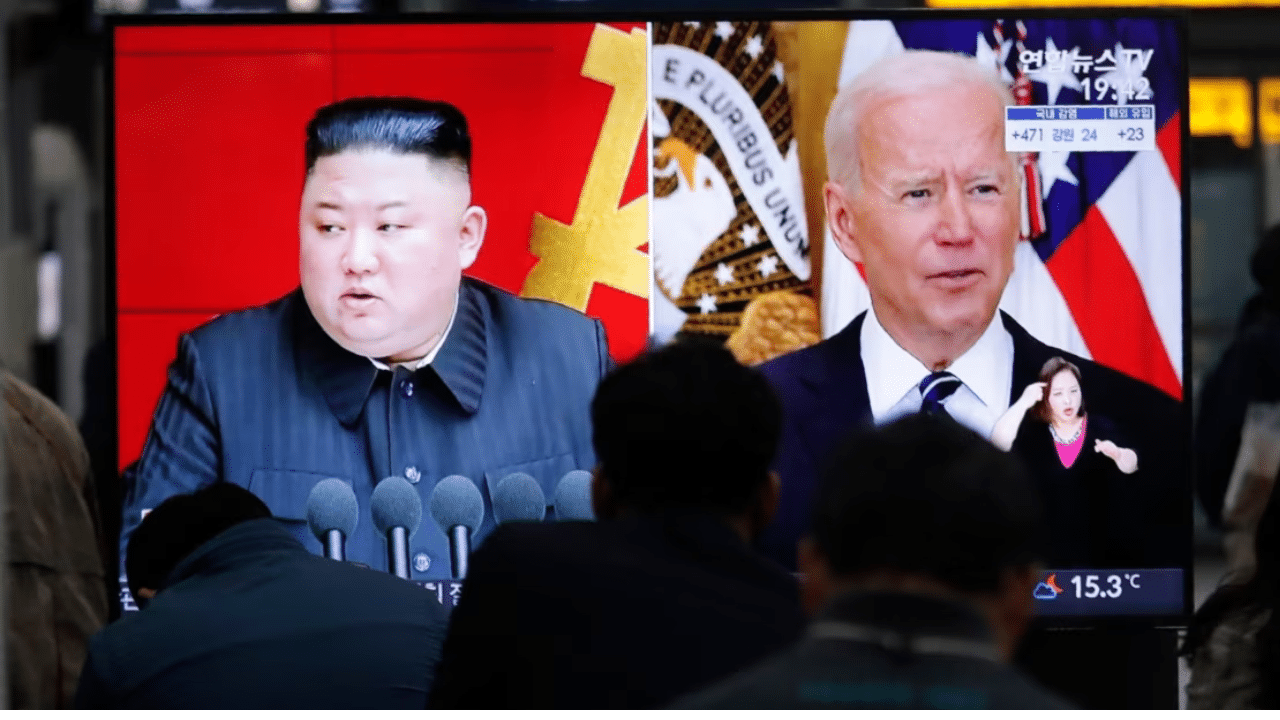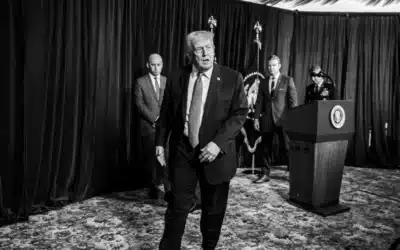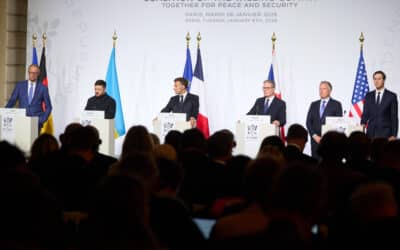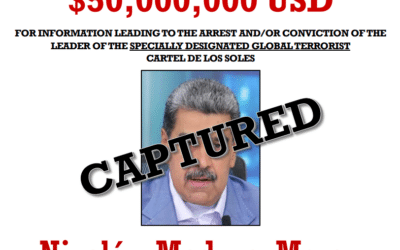A National Intelligence Estimate (NIE) written in January which discusses Pyongyang’s nuclear weapons policy for the remainder of this decade was declassified by Director of National Intelligence Avril Haines earlier this month.
The document looks at a variety of potential scenarios and concludes that the Democratic People’s Republic of Korea (DPRK) will continue to use its “nuclear weapons status” not for offensive military purposes but as a way of coercively accomplishing some political objectives.
Declassified on June 15th, the NIE is titled “North Korea: Scenarios for Leveraging Nuclear Weapons Through 2030.” The intelligence community lays out three possible values North Korean leader Kim Jong Un could ascribe to his weapons and how to use them during the next seven years, namely for “coercive,” “offensive” or “defensive” purposes. Kim will use his arsenal “to support coercive diplomacy,” the paper insists.
In the most likely scenario, Kim “employs threats—including nuclear threats—and possibly limited use of military force to achieve some political objectives while maintaining escalation control and trying to minimize the risk of regime-threatening retaliation. The North’s nuclear weapons serve as a deterrent to a US–South Korea response to such actions.”
Kim is said to be more likely to employ this strategy as opposed to its two alternatives because the North Korean president is more certain he can yield some military, economic, and political benefits, while the risk of economic “blow-back” is also lessened.
Per the NIE, this is especially true when compared to a hypothetical and decidedly unlikely “offensive” strategy which Kim could employ, such as using his arsenal to split off Washington from Seoul in an attempt to achieve military and political dominance over the Korean Peninsula.
Summarizing the intelligence community’s assessment, the NIE states “We assess that through 2030, Kim Jong Un most likely will continue to pursue a strategy of coercion, potentially including non-nuclear lethal attacks, aimed at advancing the North’s goals of intimidating its neighbors, extracting concessions, and bolstering the regime’s military credentials domestically. [Kim] has relied largely on non-lethal coercive measures throughout his rule.”
Compared with Donald Trump, President Joe Biden has taken a vastly more bellicose policy regarding the DPRK. In the last half of the Trump administration, war games were rolled back, dialog was opened, and all sides reduced weapons tests.
Tensions continue to soar over the peninsula as crippling sanctions have been maintained indefinitely and US officials have threatened North Korea with nuclear obliteration. Though the document makes no mention of Kim’s motives, he has increased his missile launches, utilizing the putatively “coercive” strategy, in an attempt to back the White House off from its extremely aggressive and hostile policy against his country. Since 2022, Pyongyang has launched roughly 100 missiles.
Indeed, amid the economic war, Biden has offered no off ramp for Pyongyang. The administration is demanding Kim agree to his country’s denuclearization and disarmament. In the status quo, North Korea faces Washington’s constant military threats, including myriad regime change rehearsals on the DPRK’s doorstep.
This year, Washington and Seoul have been carrying out gargantuan joint military exercises, including the largest war drills in the history of their seven decade alliance. Some of these drills have been carried out near the border with the demilitarized zone (DMZ). As expected, Kim has responded with further missile tests. The White House has recently sent aircraft carriers, nuclear capable bombers, and Reaper drones to the peninsula to support various war games.
Last week, a guided missile submarine, the USS Michigan, docked in Busan, South Korea as a “dress rehearsal” for the upcoming deployment of a nuclear-armed US submarine. Biden has pledged the US will periodically dock submarines armed with nuclear weapons on the peninsula, which can only serve as a massive provocation.
































